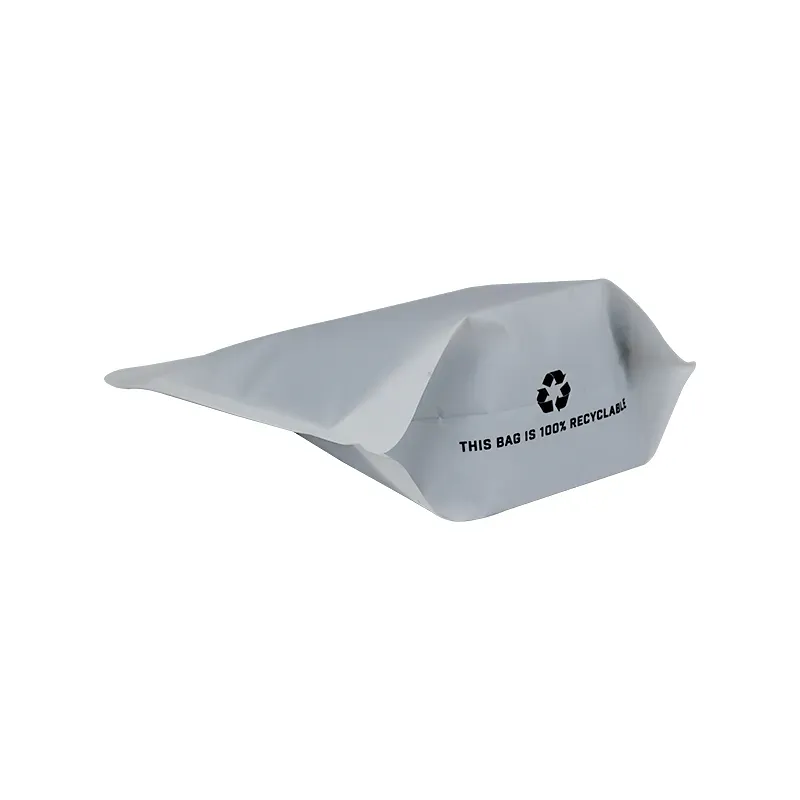- Afrikaans
- Albanian
- Amharic
- Arabic
- Armenian
- Azerbaijani
- Basque
- Belarusian
- Bengali
- Bosnian
- Bulgarian
- Catalan
- Cebuano
- chinese_simplified
- chinese_traditional
- Corsican
- Croatian
- Czech
- Danish
- Dutch
- English
- Esperanto
- Estonian
- Finnish
- French
- Frisian
- Galician
- Georgian
- German
- Greek
- Gujarati
- haitian_creole
- hausa
- hawaiian
- Hebrew
- Hindi
- Miao
- Hungarian
- Icelandic
- igbo
- Indonesian
- irish
- Italian
- Japanese
- Javanese
- Kannada
- kazakh
- Khmer
- Rwandese
- Korean
- Kurdish
- Kyrgyz
- Lao
- Latin
- Latvian
- Lithuanian
- Luxembourgish
- Macedonian
- Malgashi
- Malay
- Malayalam
- Maltese
- Maori
- Marathi
- Mongolian
- Myanmar
- Nepali
- Norwegian
- Norwegian
- Occitan
- Pashto
- Persian
- Polish
- Portuguese
- Punjabi
- Romanian
- Russian
- Samoan
- scottish-gaelic
- Serbian
- Sesotho
- Shona
- Sindhi
- Sinhala
- Slovak
- Slovenian
- Somali
- Spanish
- Sundanese
- Swahili
- Swedish
- Tagalog
- Tajik
- Tamil
- Tatar
- Telugu
- Thai
- Turkish
- Turkmen
- Ukrainian
- Urdu
- Uighur
- Uzbek
- Vietnamese
- Welsh
- Bantu
- Yiddish
- Yoruba
- Zulu
Understanding Dimensions for Food Trays in Various Settings and Applications
Understanding Food Tray Dimensions Finding the Right Fit for Your Needs
In the world of catering, meal preparation, and food service, the significance of food tray dimensions often goes unnoticed. However, the size and shape of food trays play a crucial role in presentation, practicality, and efficiency. Whether you are running a restaurant, catering for an event, or simply organizing meals at home, understanding food tray dimensions is vital to fulfilling your operational needs.
Importance of Food Tray Dimensions
Food trays are available in a variety of dimensions, shapes, and materials, making it essential to select the right type to suit your purpose. The dimensions of a food tray can influence several aspects of your food service, including portion control, aesthetics, and storage compatibility. For example, larger trays can hold more food, which is advantageous for buffet-style services, while smaller trays may be better suited for appetizers or individual servings.
Moreover, the size of the tray should complement the type of food being served. For instance, a large rectangular tray may be perfect for a variety of dishes at a buffet, while circular trays are often used for serving drinks or desserts. Each dimension serves a specific purpose, enhancing both the visual appeal and functionality.
Standard Food Tray Sizes
While food trays come in many different sizes, there are standard dimensions that are widely recognized in the industry
. Common sizes include1. Half-Size Trays Typically measures around 18 x 12 inches, half-size trays are ideal for serving side dishes or as part of a buffet setup. Their dimensions allow them to fit easily into standard catering pans and chafers. 2. Full-Size Trays Full-size trays usually measure 24 x 16 inches and can hold larger quantities of food, making them suitable for main dishes at catering events or large gatherings.
3. Quarter-Size Trays These generally measure about 12 x 10 inches. They are perfect for serving desserts, salads, or smaller portions of entrees.
food tray dimensions

4. Specialty Trays These can include compartment trays for portion control, which often have dimensions that vary but are designed to accommodate specific meal types, ensuring that each food item stays separate.
Choosing the Right Food Tray
When selecting food trays, consider several factors beyond just dimensions. Think about the materials; trays can be made from plastic, metal, or glass, each offering different durability, heat retention, and aesthetics. For example, metal trays conduct heat well and can be used for hot food, while plastic trays are lightweight and easy to manage but might not handle high temperatures well.
Additionally, evaluate the purpose of the tray. Are you holding a formal event where presentation is key? Opt for elegantly designed trays that complement your décor. Are you hosting a casual gathering? Functional yet stylish disposables might be sufficient. Understanding your audience's needs will guide you towards the right choice.
Storing and Transporting Food Trays
Another aspect to consider is how food tray dimensions impact storage and transportation. Larger trays require more storage space and may be cumbersome to transport, especially if you are catering for an off-site event. Smaller trays can be stacked and stored more efficiently, making them ideal for businesses with limited space.
Conclusion
In conclusion, food tray dimensions are a critical aspect of food service that should not be overlooked. Choosing the right sizes and shapes can enhance efficiency, appeal, and overall customer satisfaction. Whether you're selecting trays for a bustling restaurant, an elegant banquet, or a simple family gathering, understanding the variety of food tray dimensions available will ensure that your food service operates smoothly and successfully. Taking the time to choose the right trays will ultimately contribute to a more enjoyable and satisfying dining experience for your guests.













